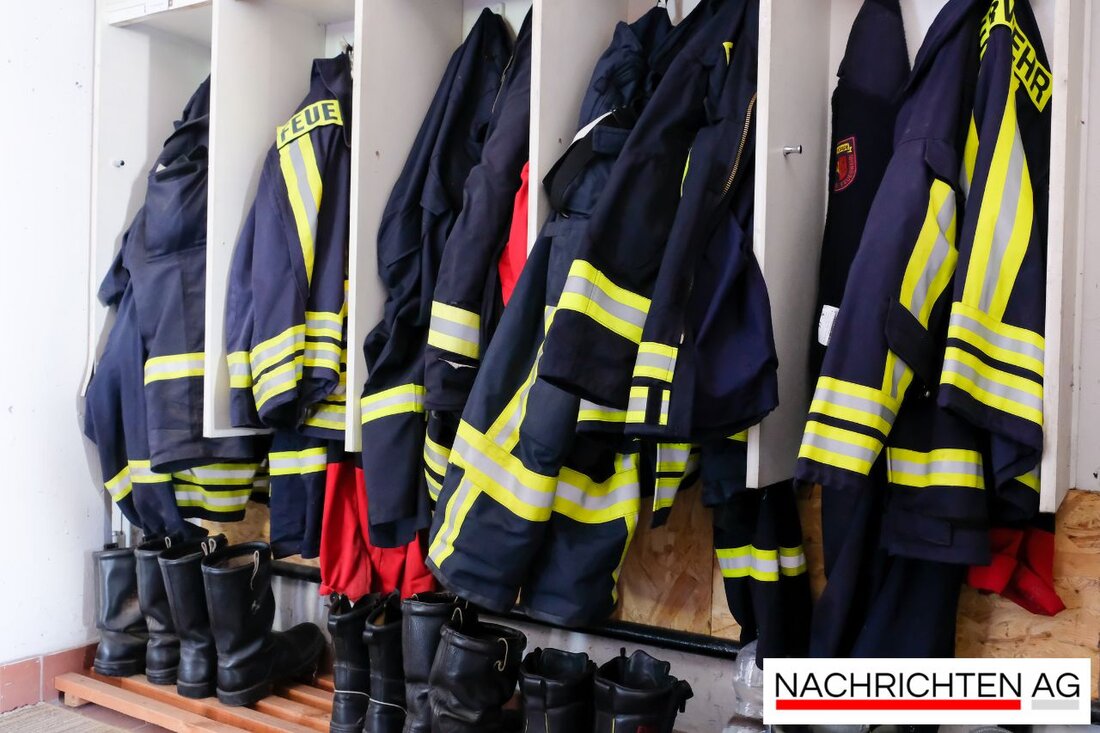Realistic disaster protection exercise: This is how Potsdam trains for an emergency

Realistic disaster protection exercise: This is how Potsdam trains for an emergency
Karl-Liebknecht-Stadion, 14482 Potsdam, Deutschland - on Saturday, July 5, 2025, was a comprehensive Disaster exercise held. Fire brigade, emergency services, disaster protection and the participation of hospitals from the region have come together in an impressive demonstration of their operational capacity. The aim of this exercise was to test the cooperation and reaction speed with a realistic emergency scenario.
The focus of the simulation was the fictitious partial fall of the grandstand roof, in which 150 people were affected and 71 injuries were to be complained about. More than 450 emergency services were mobilized, including around 170 firefighters and around 50 rescue vehicles. A rescue helicopter was also used to support the operational measures. In order to make the exercise as realistic as possible, 150 volunteers acted as injuries and were made up accordingly in order to present different shock states and to simulate the search for relatives.
coordination of the emergency services
The exercise not only served the test of the response time, but also the coordination of various organizations from the districts of Potsdam-Mittelmark, Teltow-Fläming, Havelland, Ostprignitz-Ruppin and Berlin. Ralf Krawinkel, head of the Potsdam fire brigade, emphasized the importance of the reality of the exercise in order to ensure optimal cooperation in an emergency. The emergency services were not informed about the practice scenario in advance, which should ensure an authentic reaction to the situation.
Regulations such as the full closure of Karl-Liebknecht-Straße from 7 a.m. to 6 p.m. and the detour of the bus line 616 served to ensure security and the unhinderment of the emergency services. These measures were necessary to maintain the regular operation of the fire brigade and emergency services during the exercise. The population was informed about the warning systems Mowas, Nina and Katwarn in order to avoid any disturbing. It was emphasized that the exercise was kept closed so as not to hinder onlookers.
importance of MANV exercises
Such a scenario that falls under the concept of the mass attack of injuries (MANV) requires precise coordination and specialized forces. According to the guidelines of DIN 13050: 2021-10, MANV situations are those in which the number of injuries exceeds the regular resources of the emergency services. Typical causes are large accidents, natural disasters or targeted attacks.
There are different stages for the MANV, which are classified depending on the number of injured people and the necessary coordination effort. While MANV is working on 1 to 10 injuries, MANV 4, when it comes to more than 50 injuries, requires a large -scale operations management. This is where the fire brigade has a key role, especially in the case of patient rescue, securing the site and the provision of special equipment in order to be able to help injured as quickly as possible.
The comprehensive exercise in the Karl Liebknecht Stadium was a valuable opportunity to learn from realistic scenarios and ensure that it can be traded quickly and effectively in an emergency. The results of the exercise will be evaluated in the coming weeks in order to continue to train the emergency services and optimally prepare for future challenges. Thanks to everyone involved who supported this exercise and thus strengthen disaster protection in the region.
| Details | |
|---|---|
| Ort | Karl-Liebknecht-Stadion, 14482 Potsdam, Deutschland |
| Quellen | |
